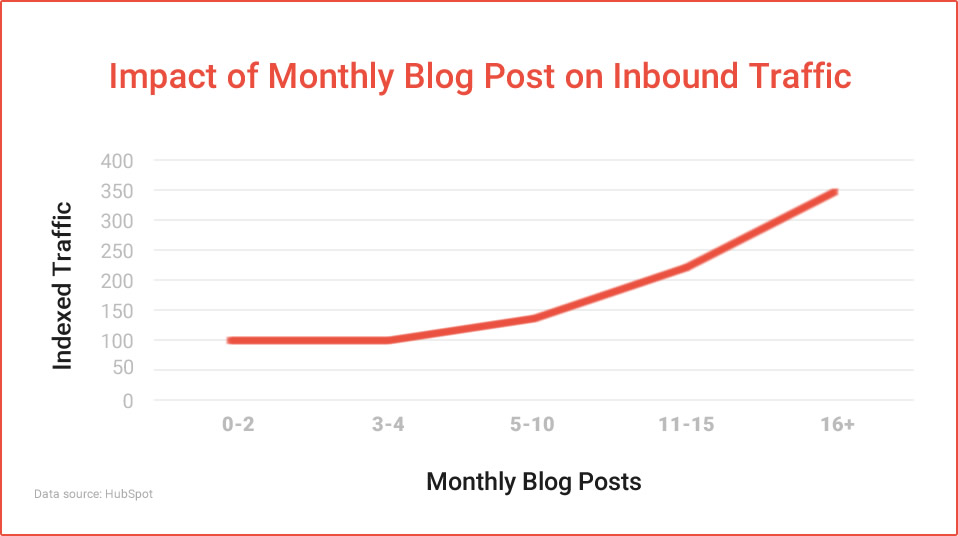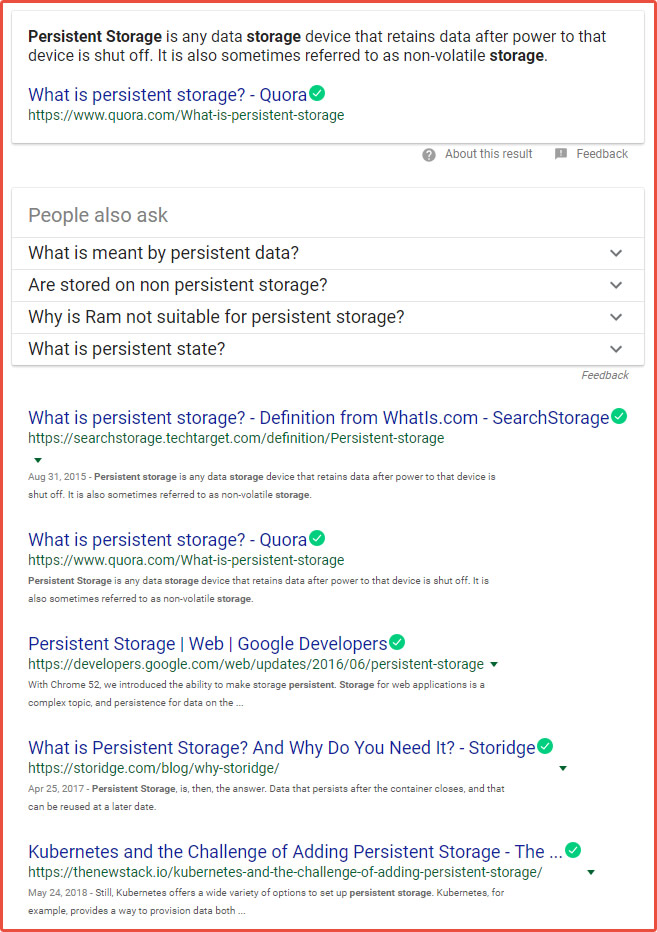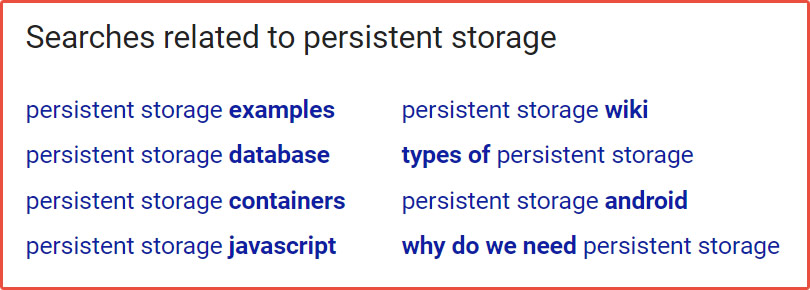Blogging isn’t just a passing trend – it’s a universe of intriguing information, relevant news, and content that gets today’s customers talking. If you don’t currently have a company blog, you’re missing out on a huge opportunity to reach your target audience. Blogs are a main source of information to today’s buyers and consumers. They provide what people need to make informed purchasing decisions, drive traffic to a website, and keep existing customers loyal to a brand.
Here’s a Few Compelling Reasons Why Blogging is Important to Your Business
It’s the most important thing you can do for SEO
Here in 2020, search engine optimization (SEO) is still very relevant. Google is constantly changing their algorithm to make the search experience easier for consumers, penalizing websites that don’t take the time to obey the rules. While having a blog isn’t mandatory, it works wonders on boosting a site’s search profile. Blog posts give you an opportunity to incorporate key search terms and phrases organically, link to authoritative sites to vamp up your reputation, add images to improve your website. They also give readers a reason to subscribe to your site (or blog) helping create outbound marketing opportunities.
Open the door to social media marketing
If you struggle with your social media presence, starting a blog can work perfectly alongside your efforts. A blog gives you content to link to in your social media posts. It boosts the relevance of your accounts and drives traffic back to your site. Promoting blog content on a social media site increases your web exposure and gives you more opportunities to get your message across. Use a tool such as Hootsuite to schedule social media posts in accordance with blog posts. LinkedIn is also a great social media platform for spreading your blog content.
Boost site traffic and brand awareness
While your main website content is important for generating traffic, blog posts can multiply the number of hits your website gets. Blogs help new customers discover your website. For example, a search for “How to get wine stains out of my carpet” might not come up with your wine company’s site, but if you wrote a blog post with a similar title, this search would lead customers to you.
According to research from HubSpot (see below) companies that post 11 or more times per month get almost three times the amount of traffic than those that don’t blog at all. Posting 16+ blog posts per month leads to about 4.5 times more leads and 3.5 times more traffic than companies that post zero to one time per month. With statistics like that, it’s no surprise savvy marketers are boosting their blogging efforts.
Master lead generation
Generating new leads requires consumers to interact with your brand and submit personal information. Blog posts give you another opportunity to communicate with your customers via the comments section. Visitors can post their questions on your blog post after submitting their names or email addresses if they don’t want to use your contact form. Use your blog as an opportunity to interact with consumers, reply to comments, and demonstrate your knowledge and customer service skills.
Establish your authority
The Internet has given consumers millions of businesses at their fingertips. Most people are patrons only of the brands they find the most trustworthy, pertinent, and authoritative. Mark your company as a master of its craft by posting engaging, informative, and well-researched long-form blog posts. Evergreen content, or content that stays relevant for a long period of time, can boost SEO and make you an expert in your field. Let your blog serve as a testament to your brand’s respectability, influence, and consistent high-quality information.
Better Google presence
We have a client in the data storage space. If you do a search for “persistent storage” you’ll first notice that the entire first page of the search engine results page (SERP) is made up entirely of news articles and blogs. While some of the blogs are from vendors that offer persistent storage solutions, it’s not their product or solutions pages that are being displayed. It’s the thought leadership, bloggy content. See below.
If you’re ready to get started here are a couple of quick tips on how to kickstart your writing.
Head on over to Google
Let’s use that persistent storage example from above. If I’m looking for worthy blog content I’d start with a search at Google. You can see right away the type of content that Google is showing on page one. You can certainly start there. Or you can see what else Google is sharing, such as the “People also ask” box near the top. Consider one of those as a topic or title, such as “Why is Ram not suitable for persistent storage?”
You can also scroll down to the bottom of the first SERP page and related searches. For the “persistent storage” Google search I conducted you’ll see this:
This is another great source of blog topics and titles, including:
- Persistent storage examples
- Why do we need persistent storage?
- Getting the most from persistent storage containers
Check out your competition
I’m not suggesting you copy your competitor’s blog content, but if you have a competitor or two that you know do a good job with their blogging efforts check them out. Sometimes you can see social media share counts and other social metrics that can give you a good idea as to how their posts are performing. Make note of the titles of some and come up with alternatives that you can use at your blog. Certainly, write new and unique content to address the topic that fits inline with your brand, solutions, and products. In short… don’t copy; emulate.
Consider content curation
In any industry there are a ton of online content providers. In technology there’s CNET, CIO, etc. Check out some of the posts that are there and what’s getting attention. Often these publications are writing about popular trends that get attention. If you come across a post that fits nicely into your products or solutions, you can build upon it. Here’s an example: You find a post titled “5 Ways Hyperconverged Infrastructure Benefits your Data Center” over at CIO magazine written by Bill Smith. You can use the five ways that Bill outlines in his article and list them out providing three or four more ways that hyperconvergence benefits a data center. In essence your building on the list that he started and adding additional value. Be sure to give full credit to Bill with a link to his article.
What’s nice about this approach is that if there’s a comment section at Bill’s article go ahead and leave him a comment. “Hey Bill… great article! I added to the list you started over at my blog here: Link to blog.” Bill may or may not approve the post, but if he does you’ll gain a nice inbound link and likely some additional traffic from a worthy source.
Starting a company blog will benefit your business in a variety of ways. Include blog posts as part of your content marketing strategy this upcoming year and discover all of its advantages for yourself. If you don’t have the bandwidth to be a consistent blogger, we can help!




